29 Jun Evaluation of the Process and Outcomes of the Global Matrix 3.0 of Physical Activity Grades for Children and Youth
Dr. Salomé Aubert, recent Healthy Active Living and Obesity Research Group (HALO) PhD graduate, is lead author on a paper, “Evaluation of the process and outcomes of the Global Matrix 3.0 of physical activity grades for children and youth” that was just published in the Journal of Exercise Science and Fitness. Citation details and a summary of the paper are below.
Congratulations, Dr. Aubert and team!
Aubert, S., Barnes, J. D., & Tremblay, M. S. (2020). Evaluation of the process and outcomes of the Global Matrix 3.0 of physical activity grades for children and youth. Journal of Exercise Science & Fitness, 18(2), 80-88. doi:10.1016/j.jesf.2020.01.002
Abstract
Background/objective. Participation in the Active Healthy Kids Global Alliance (AHKGA) Global Matrix initiative represents a significant work and resource investment for Report Card teams. The objective of this paper was to evaluate the process and findings of the Global Matrix 3.0 and formulate recommendations for improvement.
Methods. The evaluation of the Global Matrix 3.0 was planned prior to its development and a list of potential process, impact, and outcome indicators were pre-identified. These indicators were informed by online surveys, direct reports, MailChimp’s statistics, Google Analytics of the AHKGA website, and emails sent to the AHKGA Board of Directors.
Results. Five online surveys were completed by 88%–100% of the targeted respondents. High satisfaction ratings were observed for most of the Global Matrix 3.0 methods, key steps, concepts, and the resources (e-blasts and website) provided by the AHKGA. A total of 496 open-ended comments were provided in the five surveys, including 199 comments reporting issue(s), and 38 reporting both positive feedback and issue(s). The participating Report Card teams successfully assigned a grade to each physical activity indicator, produced a Report Card document, and wrote a short Report Card article.
Conclusion. This evaluation process allowed for the identification of needed improvements and the formulation of recommendations for future Global Matrix initiatives. This work highlighted the need for the development of physical activity behavior assessment tools that would be internationally adopted and culturally adaptable to varying contexts to improve the standardization of physical activity surveillance at the global scale.
Click here to read the paper for free.


